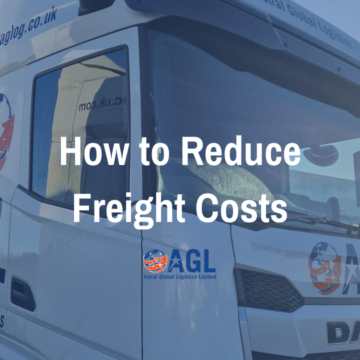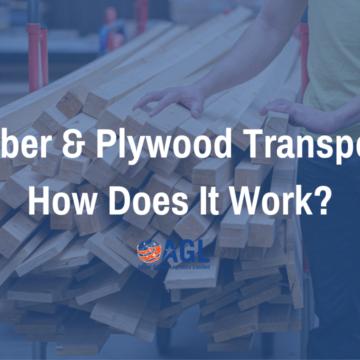How Does Sea Freight Work?

Sea freight works via transport on the ocean (believe it or not) and is a vastly popular method of shipping goods using carrier and cargo ships. This method of shipping is popular with large shipments, as average cargo ships can carry around 20,000 containers, making them a great mode of transport for those extra large quantities.
It simply works through your freight forwarder arranging your shipment to be moved to the port, then customs and finally the goods are passed on to their carrier and loaded onto the ship.
After the shipment arrives at its destination port, the goods are delivered and your shipment has successfully completed its journey…
What is Sea Freight?
In simple terms, sea freight is the shipment of goods on cargo ships, and there are plenty of options you can choose from when it comes to sea freight.
Full Container Load (FCL) is when a single shipment is loaded onto a container and, usually, the container is between 20-45 feet long. Whereas, Less than Container Load (LCL) is where there are a number of shipments that all share the same container, and are therefore split at their destination, into pellets or individual parcels.

Advantages of Sea Freight
Due to the nature of sea freight, there are some brilliant advantages, specifically with cost. Sea freight is substantially cheaper than air freight, as it tends to take a longer time to transport shipments therefore the costs match their timings.
Alongside their low costs, there is also a large number of shipping options such as LCL and FCL amongst others, which means you can budget accordingly.
With sea freight, it’s mostly common to ship large items such as cars or a large number of items, as the cargo ships can hold a large amount of weight.
There are also studies to show sea freight is more environmentally friendly than air freight, which would be a better option for those wanting to help the environment.
Challenges of Sea Freight
The one main challenge of sea freight is the timing, as sea freight takes longer than air freight due to the travelling power of the cargo ships.
It can take a number of days or even several weeks for goods to be shipped via sea freight, which in some instances may be suitable for the type of shipment, however, if you need your parcel to arrive at its destination quickly – sea freight may not be for you.

How We Can Help You
We provide complete door-to-door services through our network of trusted partners, ensuring your sea freight shipments meet their destination efficiently.
Worldwide connections mean that we provide you with cost-effective and reliable ocean logistics services, with the benefit of local knowledge at every stage.
Whether your shipment is FCL or LCL, import or export, we are here to make the process easier for you, so drop us an email to info@aglog.co.uk for extra information regarding sea freight.
Related Posts

Astral Global Logistics X INTERMODAL South America 2023
We, at Astral Global Logistics, are excited to announce that we will be exhibiting on the UN Freight Trading...

How to Reduce Freight Costs
Reducing costs when it comes to freight may not seem straightforward – but it is more than attainable. Saving...

Timber & Plywood Transport – How It Works
The movement of timber and plywood makes up an extremely important, and sometimes tricky, part of logistics – which...
